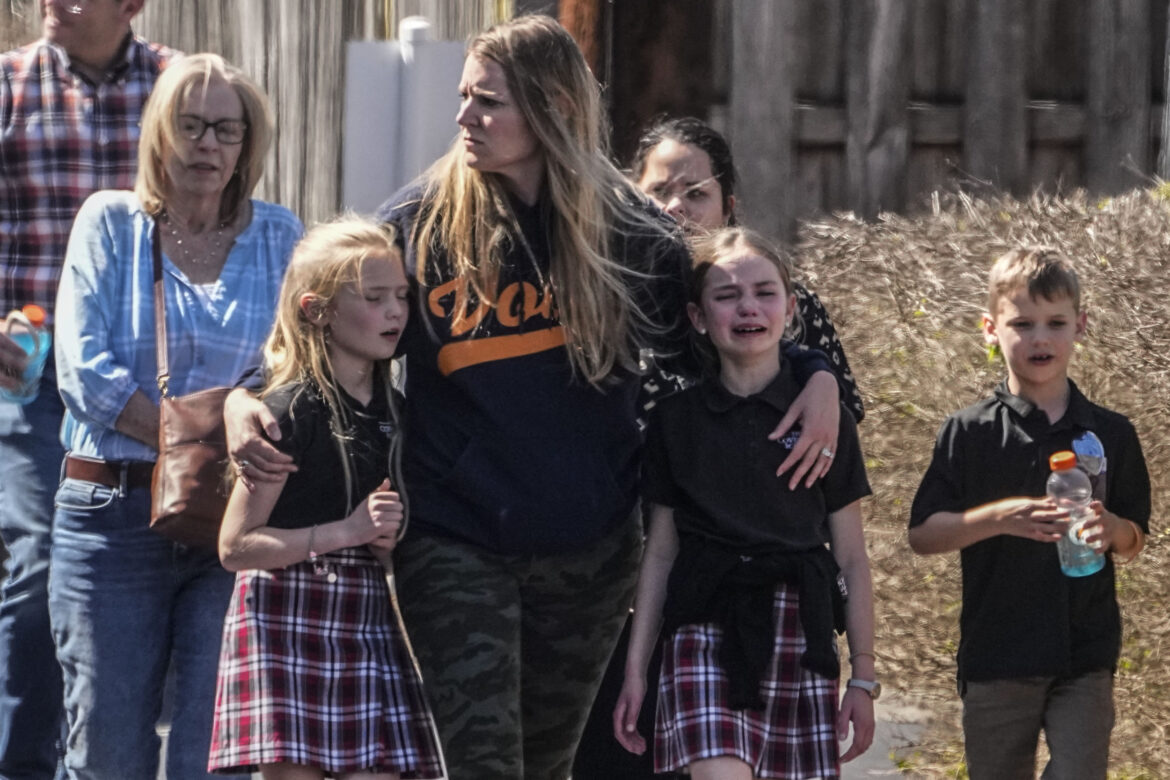Just as a November 2019 school day was getting started at Saugus High near Los Angeles, a classmate who’d built a .45 caliber semiautomatic handgun from a kit shot Mia Tretta in the belly.
Now an 18-year-old senior, Tretta, whose best friend was killed next to her in the Saugus shooting, remembers trying to put on a brave face when she returned to school less than a month later.
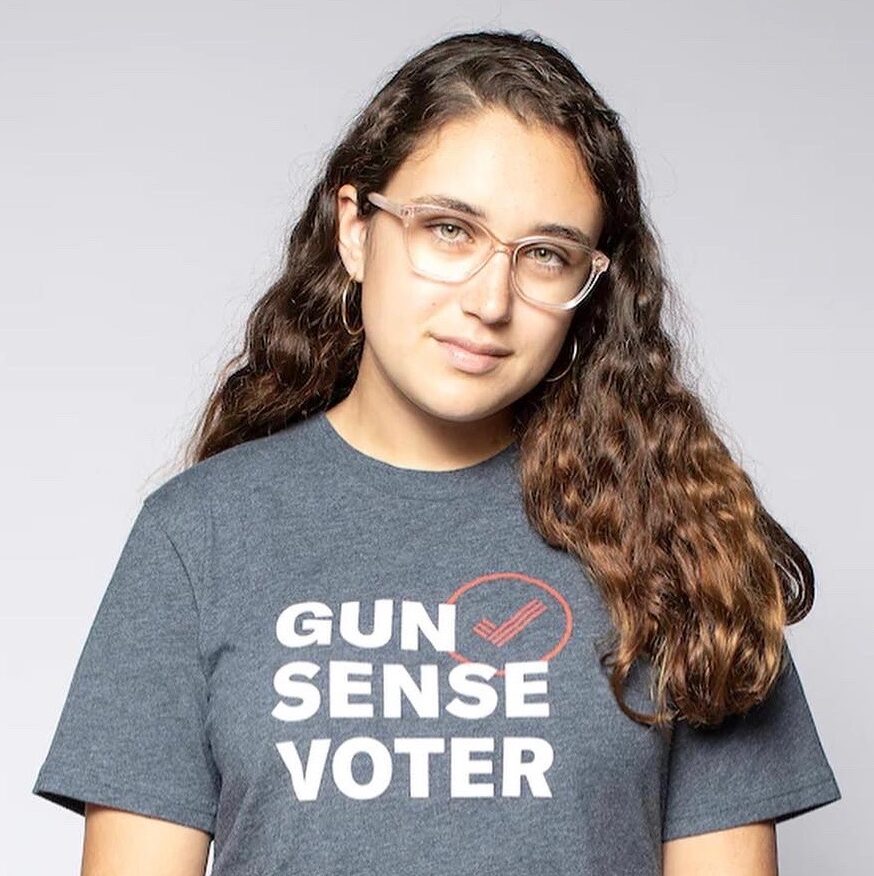
Courtesy of Mia Tretta
Mia Tretta
“A lot of people think when you get shot you go to the hospital, they fix you up, you go home and you’re OK,” she said. “That’s really not the case. Trauma is a roller coaster.”
There’s the immediate physical injury and mental and emotional trauma of being shot. But also there are long-haul effects. Shooting victims — but also bystanders who see or hear such violence — are at heightened “risk of externalizing and internalizing disorders, post-traumatic stress, diminished social competence, school problems, and desensitization to violence,” according to a 2019 University of New Hampshire analysis involving 630 2- to 17-year-olds in Boston, Philadelphia and rural Tennessee
Disproportionately, gun violence victims and youth in steady proximity to those victims may have trouble learning and behaving, several studies have shown. Those young people are at higher risks of becoming substance abusers, truant from school and criminally active. Families hit by gun violence are more likely to face economic catastrophe.
“For children, the experiences of gun violence go beyond whether they are actually shot,” said gun violence researcher Sonali Rajan, an associate professor of health education at Teachers College at Columbia University. “There are children who are hearing gunshots, who are witnessing gun violence, who are losing loved ones to gun violence.
“The ripple effect is just so profound.”
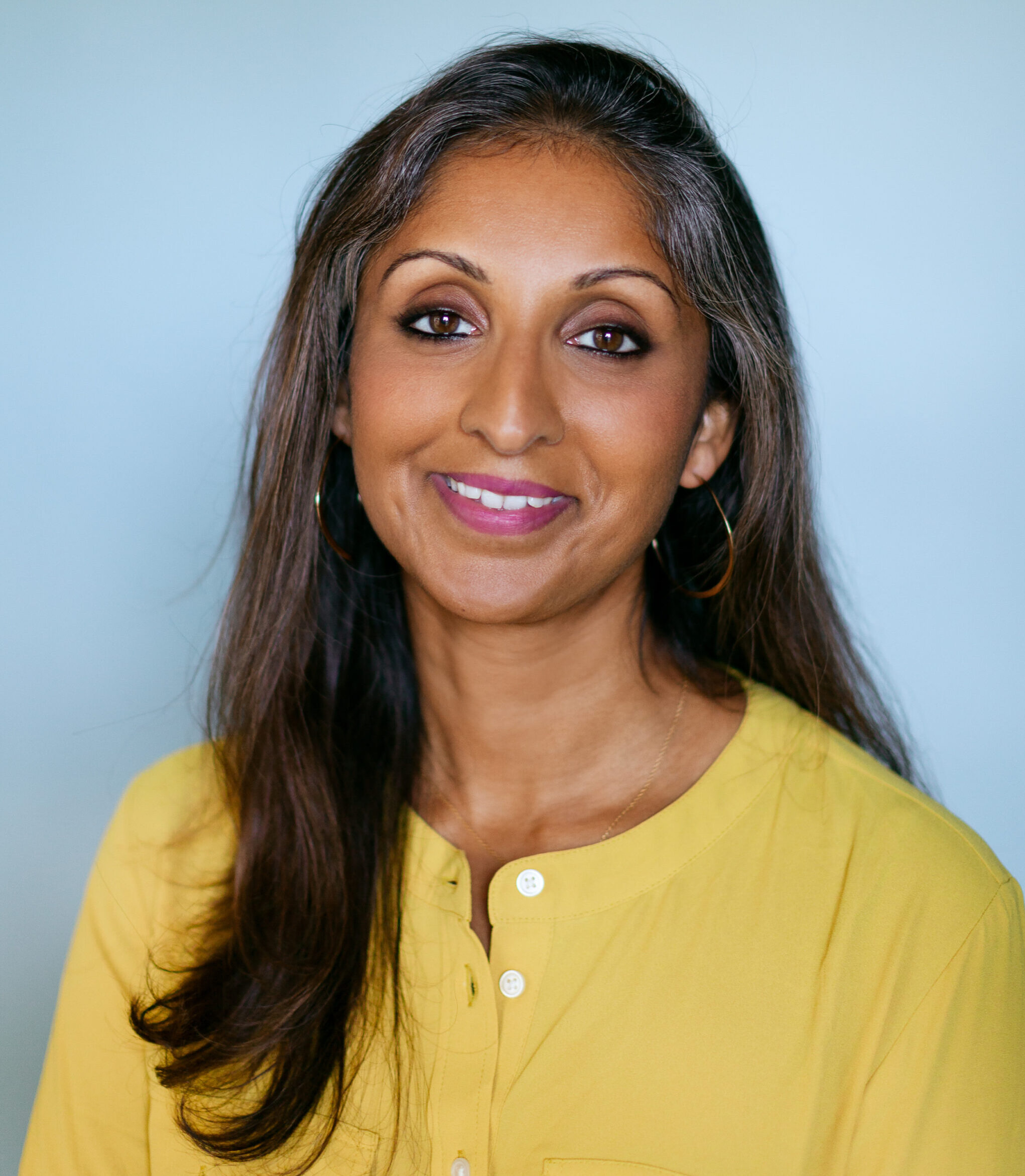
Courtesy of Sonali Rajan
Sonali Rajan
Because of a longtime ban on federal funding for gun research, psychologists and counselors don’t know enough about how gun violence affects young people, especially about psychological risk factors known as adverse childhood experiences, Rajan said. And that makes it difficult to treat the mental disorders linked to gun violence.
[Related: The extraordinary surge in gun-carrying by teens comes with a heavy cost]
The long-lasting effects of exposure to gun violence, according to Rajan’s research, include a reduced ability to learn in school, an increased likelihood of drug or alcohol abuse and a decline in personal care and grooming, leading to social problems and even dental complications.
“When you don’t screen for something, how can you understand its scope and effectively respond to it?” Rajan said. “Children are not going to test well or learn anything if they’re grieving or scared or sick. It’s so important that we understand the true effect of the exposure to gun violence.”
In 2020, unprecedented gun violence
Gun homicides increased an unprecedented 35% in 2020, making it the leading cause of death for young people, according to the Center for Gun Violence Solutions at Johns Hopkins University. People under 30 experienced a 40% increase in gun homicides and an 11% rise in gun suicides. More than a million years of potential life — the combined expected lifespans of the victims — were lost to guns in 2020, the center estimated.
The gun homicide rate rose an additional 8% from 2020 to 2021, the most recent year available, the center reported, with the largest spike among Latinos. That increase was 17%. The rise was 8% among Blacks and 2% among whites, according to the center, which did not provide a breakdown among racial groups other than those.
“Black and Hispanic/Latino people were 13.7 and 2.4 times, respectively, as likely to die by gun homicide as white people in 2021, the largest disparity in over a decade,” those researchers wrote.
[Related: Effects of Gun Violence Can Be Reduced in Youth, Chicago Program Shows]
Cities and nonprofits across the country have increased their focus on the causes and effects of gun violence. Some, such as the South Texas Trauma-Informed Care Consortium, are helping victims heal mentally and physically. Others, including Sandy Hook Promise, teach young people and adults how to recognize and reduce shooting risks.
The University of Illinois at Chicago’s Urban Youth Trauma Center teaches families and counselors how to help young people recover after witnessing or hearing gun violence. The center recommends talking to children about situations that make them feel unsafe and about how to avoid them.
Fact action against shootings' traumas
Some organizations start their work immediately after a shooting. Counselors and therapists who focus on gunshot survivors are faced with the tricky challenge of helping victims navigate the psychological and physical trauma and, in some instances, the desire to retaliate.
Nonprofit organizations across the country send counselors to visit victims at their hospital bedsides to talk through the complicated emotions that accompany a gun injury. Younger victims are particularly resistant to that help, said Guadalupe Serrano, lead intervention specialist for Caught in the Crossfire, a service of Youth Alive in Oakland, California.
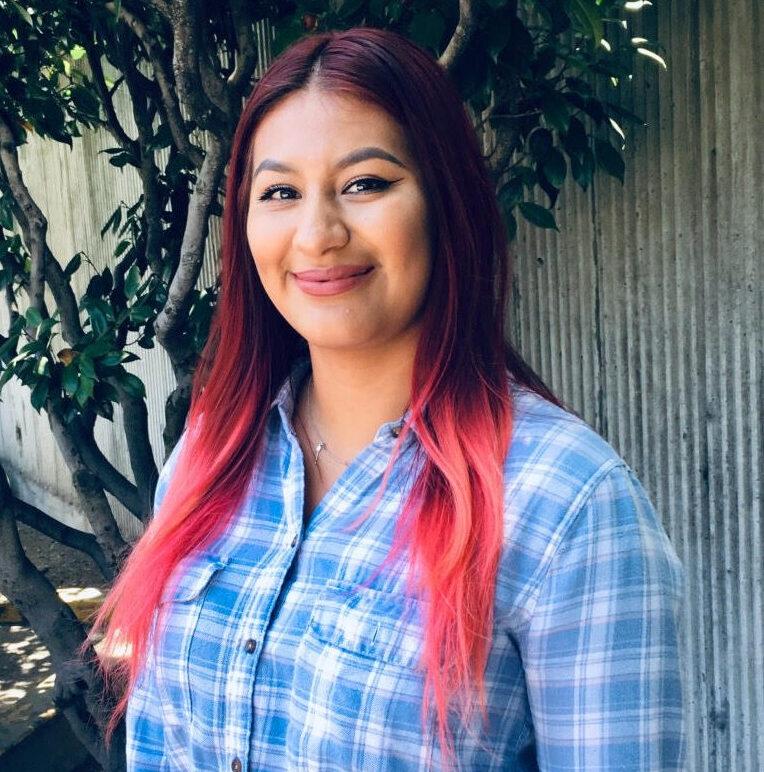
Courtesy of Guadalupe Serrano
Guadalupe Serrano
“They’re in shock,” Serrano said of younger survivors. “They start kind of like staying in this bubble where they don’t want anyone’s help. They don’t know how to process this stuff.”
Serrano said many victims tell her their shootings were motivated by revenge and mistaken identity, especially in Black and Latino neighborhoods. As shootings overall have increased, so has the despair evident in young people in those communities, observers say.
“In certain areas, they kind of have a feeling they’re going to get shot,” she said. “A lot of kids are traumatized and don’t want to walk around their neighborhood or ride their bikes. I see a lot of people who don’t enjoy doing what they used to.”
[Related: Trauma Runs Through Gun Violence Among Black Youth, Researcher Says]
Caheri Gutierrez, an Oakland woman who was shot in the face while riding in a car in 2008, when she was 18, said therapy and help from Youth Alive helped her avoid some of the devastating depression she’s seen in other gunshot victims she encountered as a counselor in Oakland. She never found out who shot her, which she said was one of the most difficult parts of her recovery.
Gutierrez, now 32, eventually worked as a violence prevention counselor at Youth Alive. It was often difficult persuading victims to seek help, she said, but she noticed positive changes in those who did.
“Where I come from, you’re guaranteed to know at least five people who have been shot,” said Gutierrez, whose brother survived a gunshot to his head two years before she was shot. “With Latinos, we don’t really go to therapists. This was new for me and my family, and it really changed my life.”
Her brother's trauma, she said, contributed to his eventual prison sentence and substance abuse.
The costs to society, communities, families
Those ripples find their way into our pocketbooks as well. In addition to the lost earnings and productivity of those killed or maimed by guns, much of the costs of the health care, police, court and disability resulting from a shooting are paid through taxes.
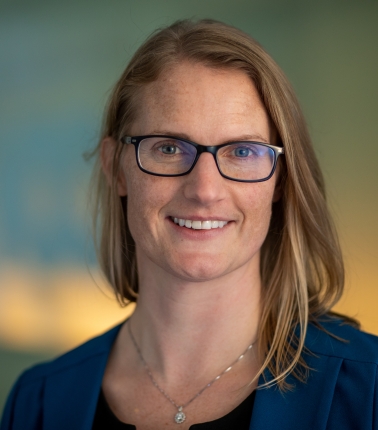
Courtesy of Cassandra Crifasi
Cassandra Crifasi
Gun violence costs the country an average of $557 billion per year, according to estimates from the advocacy group Everytown For Gun Safety, an average of $35 million per day and five times the federal budget for the Department of Education.
The economic costs are far from abstract for the families affected by gun violence. After Gutierrez was shot, her mother lost her restaurant and cleaning jobs because she needed to take care of Caheri. They lost their home and slept in a relative’s living room, all while Caheri recovered from a month in the hospital, where her jaw was rebuilt.
Frequent shootings in disadvantaged communities, including lower-income neighborhoods in cities such as Oakland and Baltimore, have stifled efforts that could help eliminate economic blight, said Cassandra Crifasi, the Johns Hopkins center’s co-director.
“A lot of folks see in the media the kind of violence that reaches national attention, like Buffalo and Uvalde,” she said. “But we need to keep in mind that our young people are being exposed to violence on a daily basis in some communities.”
***
Matt Krupnick is a Chicago-based journalist who covers inequality, education and other topics.
***
This story was corrected on March 29, 2023: An earlier version of this story incorrectly stated the title of Sonali Rajan. She is an associate professor at Teachers College at Columbia University.
